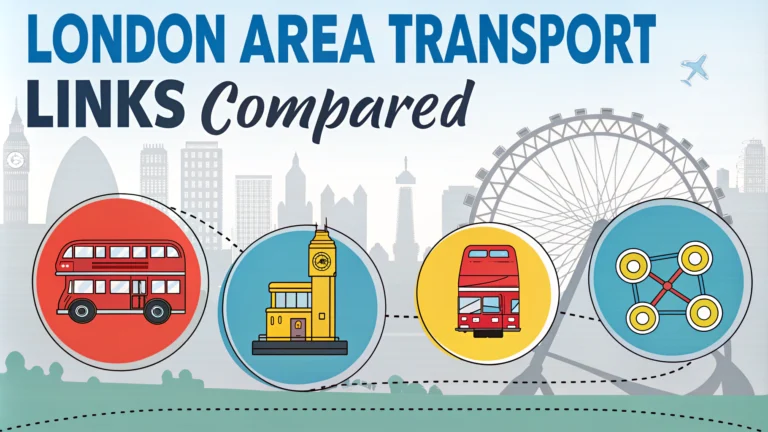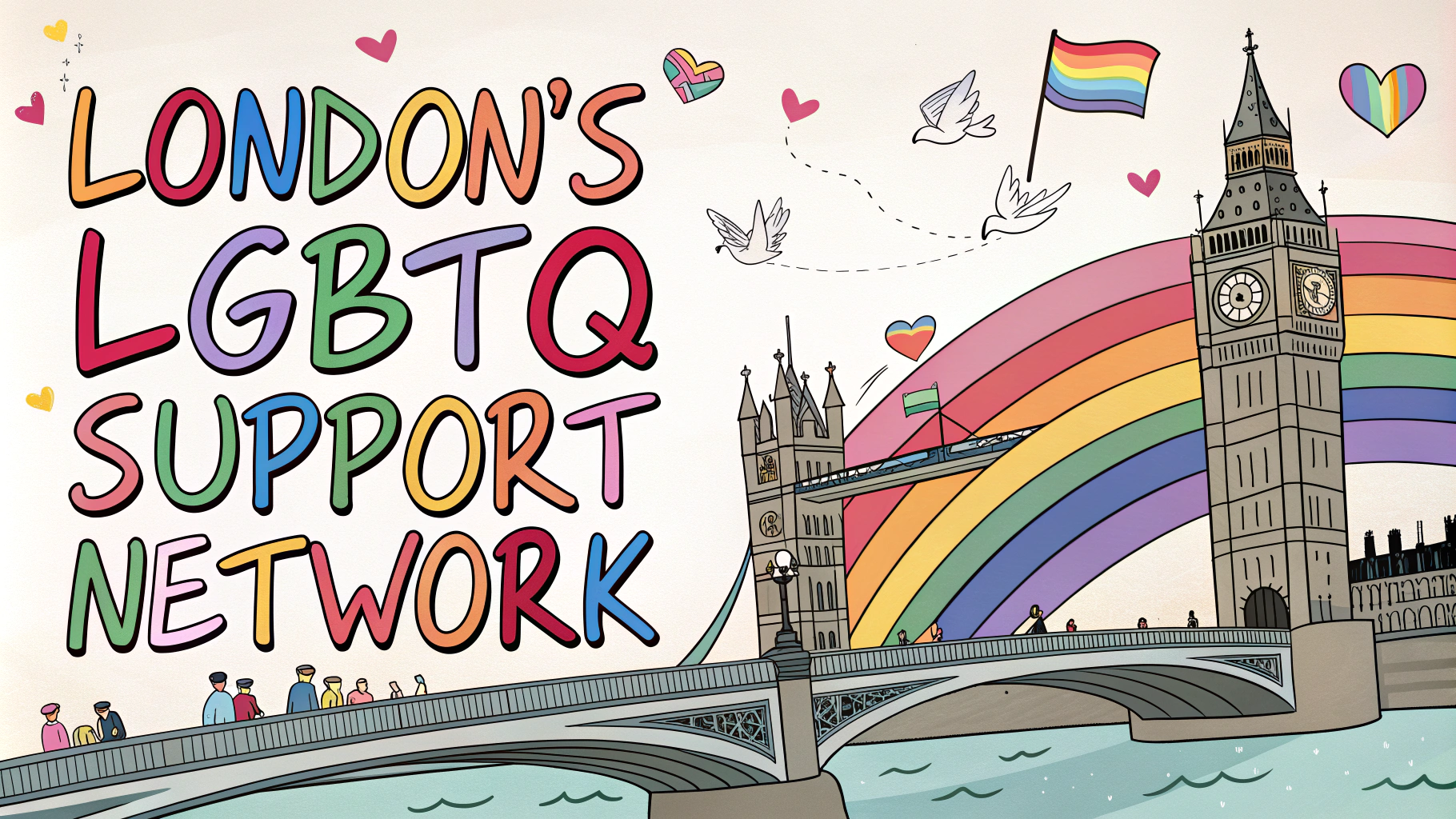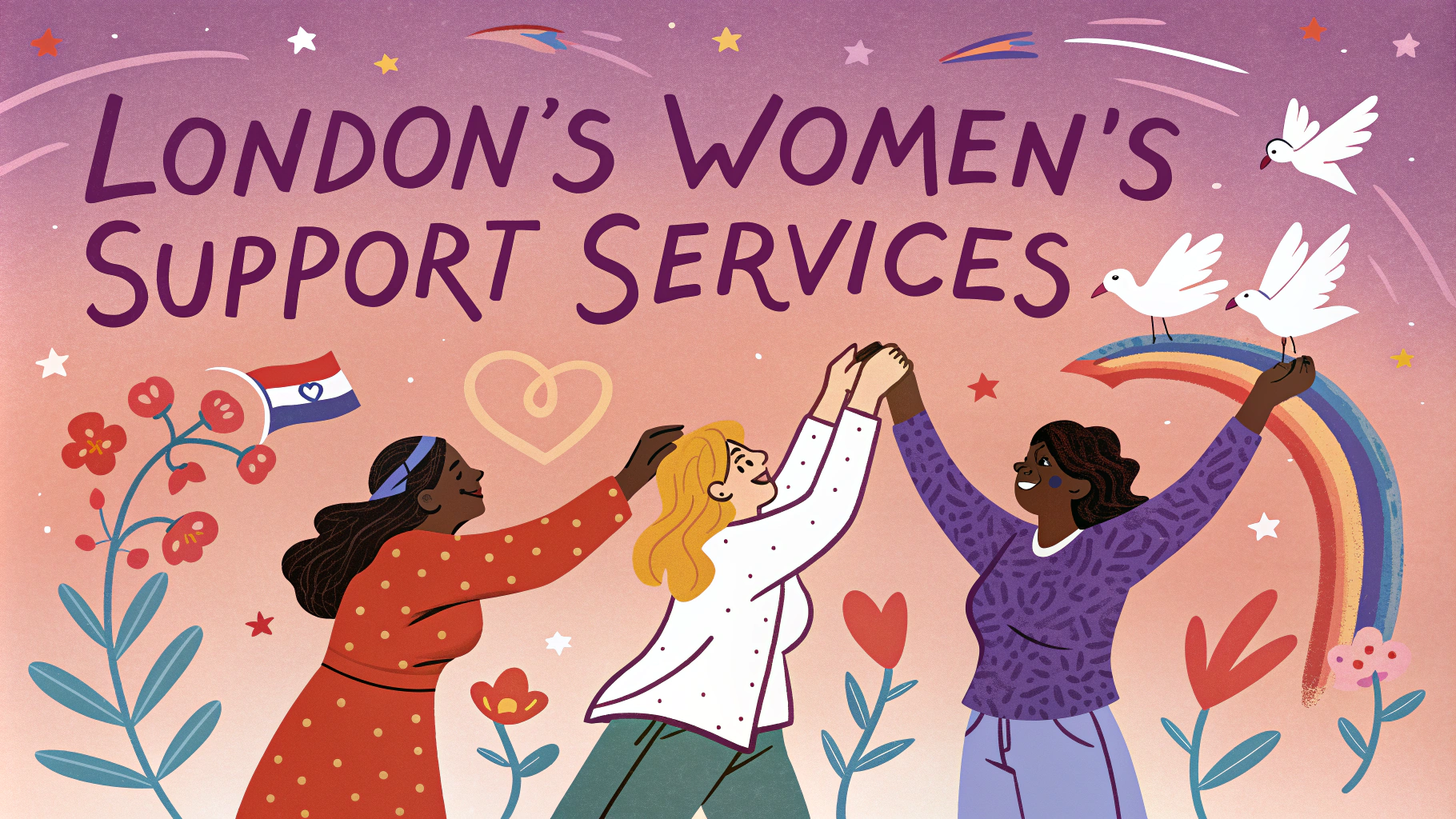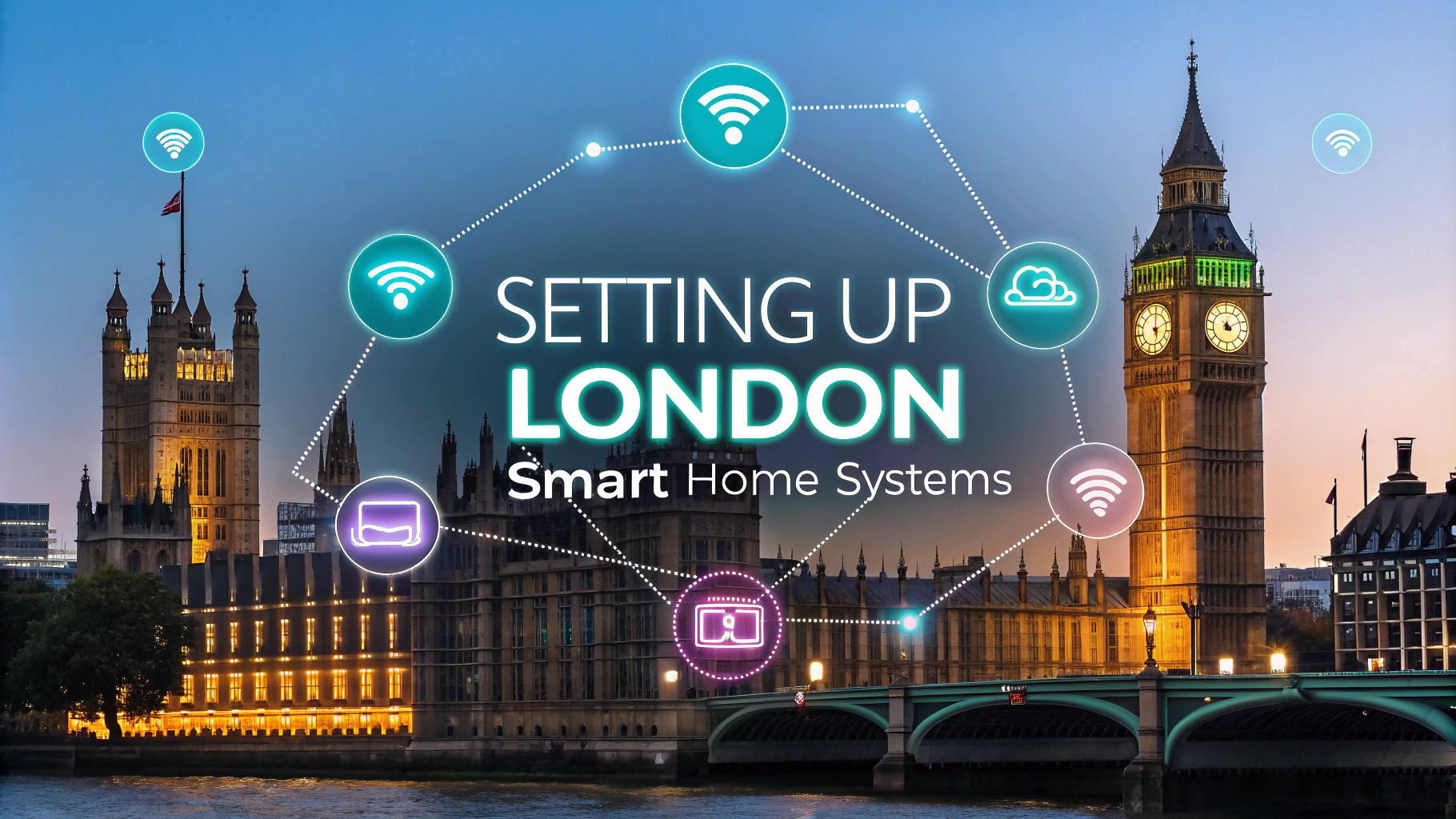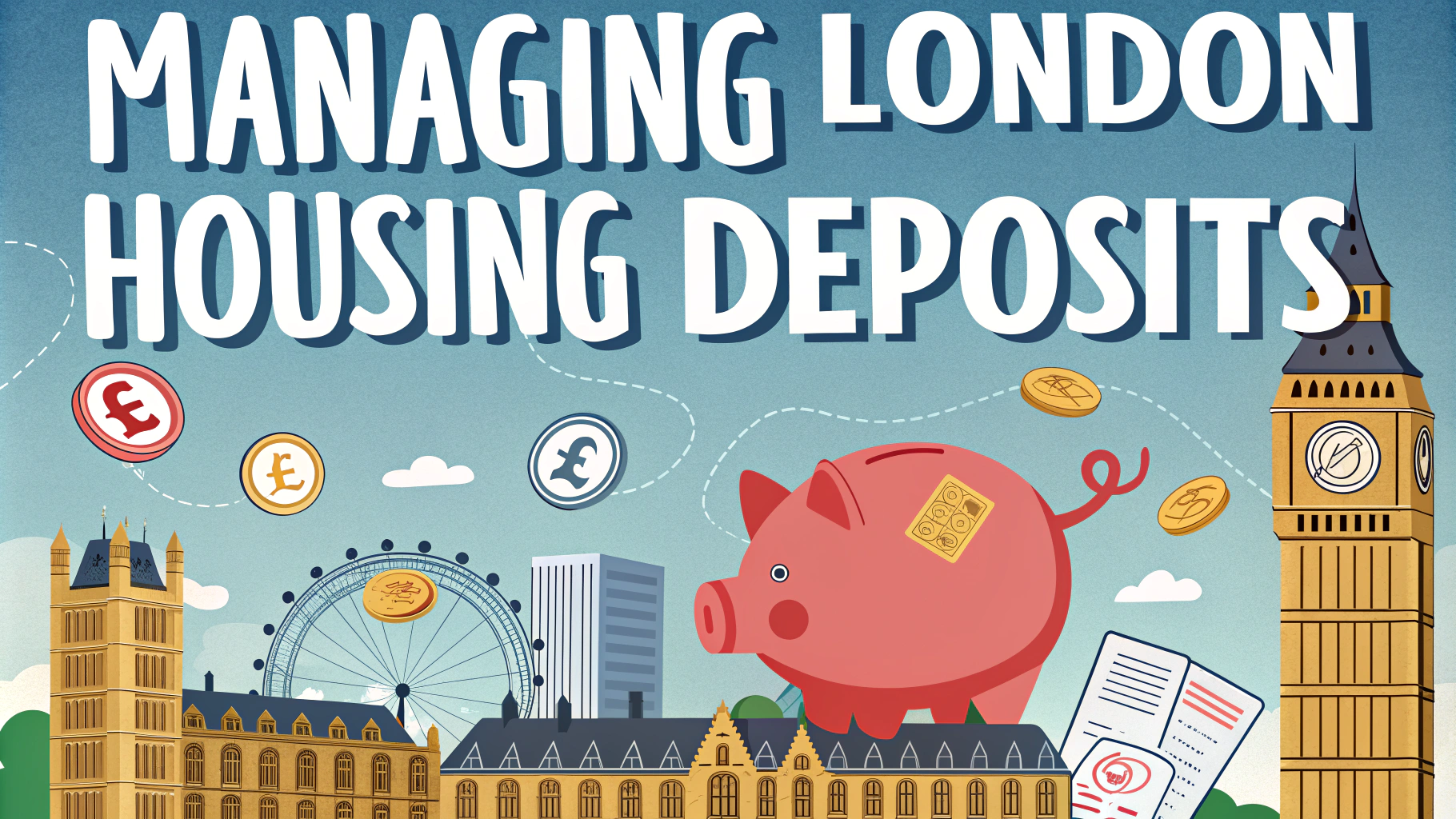London’s transport network connects millions of people daily across the capital and beyond through an intricate web of trains, buses, and underground services.
Understanding these transport links helps you make informed decisions about commuting, housing locations, and general travel around the greater London area.
This guide breaks down the main transport options for getting to and from London, including costs, travel times, and practical tips for regular commuters.
Underground (Tube) Network
The London Underground serves 272 stations across 11 lines, operating between 5 am and midnight on most days.
- Zones 1-6 cover Greater London
- Oyster cards and contactless payments accepted
- Peak times: 6:30-9:30 am and 4-7 pm Monday to Friday
- Night Tube runs on selected lines Friday and Saturday nights
National Rail Services
Major terminals connect London to other UK cities and towns:
| Station | Main Destinations | Typical Journey Times |
|---|---|---|
| King’s Cross | Cambridge, York, Edinburgh | 45m – 4h 20m |
| Paddington | Bristol, Cardiff, Oxford | 30m – 2h |
| Liverpool Street | Cambridge, Norwich, Stansted Airport | 45m – 2h |
Bus Network
London’s extensive bus network operates 24/7 with over 700 routes.
- Single bus fare: £1.75 (with daily cap at £4.95)
- Night buses (N-prefix routes) run when tube services end
- Real-time arrival information via TfL Go app
Airport Links
Each London airport has dedicated transport connections:
- Heathrow: Piccadilly Line (50m), Heathrow Express (15m from Paddington)
- Gatwick: Gatwick Express (30m from Victoria), Southern Rail (35m)
- Stansted: Stansted Express (47m from Liverpool Street)
- Luton: Thameslink (25m from St Pancras)
- City: DLR connection (22m from Bank)
River Services
Thames Clippers operate regular boat services between key London piers.
- Routes run from Putney to Woolwich
- Oyster cards accepted for payment
- Services run daily from early morning until late evening
Cycling Infrastructure
London’s cycling network includes dedicated lanes and hire schemes.
- Santander Cycles: £2 for unlimited journeys up to 30 minutes within 24 hours
- Cycle Superhighways connect outer London to the center
- Secure cycle parking at most stations
Planning Your Journey
Essential tools for London transport navigation:
- TfL Go App: Real-time updates and journey planning
- Citymapper: Comprehensive journey planner with multiple transport options
- National Rail App: Train times and platform information
- TfL Website: tfl.gov.uk for service updates and fare information
Smart Travel Tips
- Get an Oyster card or use contactless payment for best fares
- Travel outside peak hours when possible to save money
- Sign up for delay refunds on National Rail services
- Consider annual season tickets for regular commutes
- Download offline maps for backup navigation
Making the Most of London Transport
Understanding and utilizing London’s transport links effectively can save time and money while making city living more manageable.
For the latest updates and service information, follow @TfL on Twitter or visit the TfL website.
Accessibility Services
TfL provides comprehensive accessibility options across the network:
- Step-free access at over 200 stations
- Assistance cards for disabled passengers
- Audio and visual announcements on all services
- Dedicated spaces for wheelchairs on buses and trains
Travel Cost Management
Various discounts and passes help reduce regular travel costs:
- 16-25 Railcard: 1/3 off rail fares
- Freedom Pass for elderly and disabled residents
- Student discounts on Oyster cards
- Group travel savings on off-peak services
Environmental Impact
London’s transport network is evolving to reduce environmental impact:
- Electric and hybrid buses being introduced
- Ultra Low Emission Zone (ULEZ) in central London
- Increased investment in cycling infrastructure
- Energy-efficient stations and facilities
Future Developments
Ongoing and planned improvements to the network include:
- Elizabeth Line expansion
- Northern Line extension
- New zero-emission buses
- Smart ticketing innovations
Navigating London’s Transport Network Successfully
London’s integrated transport system offers multiple options for every journey, making it one of the world’s most comprehensive networks. By understanding the various services, planning ahead, and utilizing available tools and resources, travelers can navigate the city efficiently and cost-effectively.
Remember to check service updates regularly and maintain flexibility in route planning to ensure smooth journeys across the capital.
FAQs
- Which London airports have direct rail links to central London?
Heathrow (via Elizabeth Line and Heathrow Express), Gatwick (via Gatwick Express and Southern), Stansted (via Stansted Express), and Luton (via Thameslink with shuttle bus) have direct rail connections to central London. - How reliable is the London Underground compared to other transport options?
The London Underground operates at 99.6% reliability rate during peak hours, making it one of the most dependable transport options in London, running from approximately 5am to midnight. - What’s the most cost-effective way to travel around London regularly?
An Oyster card or contactless payment card with daily/weekly capping is most cost-effective. For regular commuters, annual travelcards offer the best value, saving approximately 2 months’ worth of travel costs. - Which areas of London have the best transport connectivity?
Zones 1-2 have the highest density of transport links, with areas like Kings Cross, London Bridge, and Stratford offering multiple tube lines, buses, and rail connections. - How do National Rail services connect with London’s transport network?
London has 13 major rail terminals connecting to National Rail services, all integrated with the TfL network. Most main terminals connect to multiple tube lines and bus routes. - What are the options for late-night travel in London?
Night Tubes run on five lines (Victoria, Jubilee, parts of Central, Northern and Piccadilly) on weekends, plus extensive night bus network (N-prefix routes) operating 24/7. - How accessible is London’s transport network for disabled passengers?
78 tube stations have step-free access, all buses are wheelchair-accessible, and TfL offers assistance services like Turn-up-and-go for disabled passengers. - What’s the difference between London travel zones, and how do they affect fares?
London is divided into 9 fare zones, with Zone 1 being central London. Fares increase as you travel through more zones, with Zone 1-2 being the most expensive per mile. - Which areas of London are best served by river transport?
Thames Clippers serve 23 piers from Putney to Woolwich, with major stops at Westminster, London Bridge, Canary Wharf, and Greenwich. - How do London’s cycling infrastructure and bike-sharing schemes compare to other transport options?
London has over 260km of cycle superhighways and quietways, with Santander Cycles offering 11,500 bikes across 750 docking stations, primarily in Zones 1-2.
